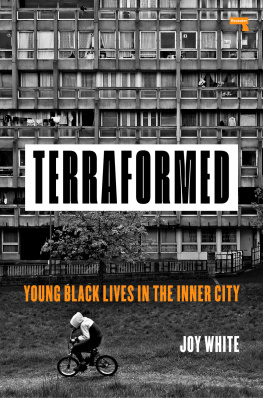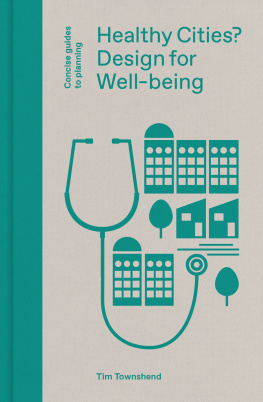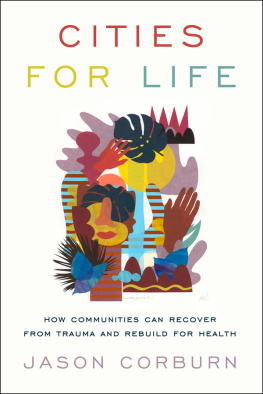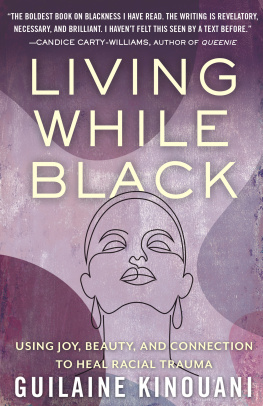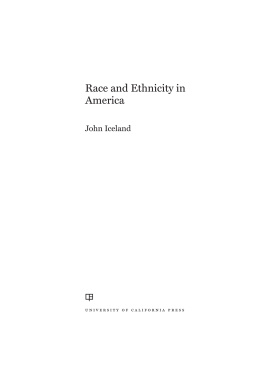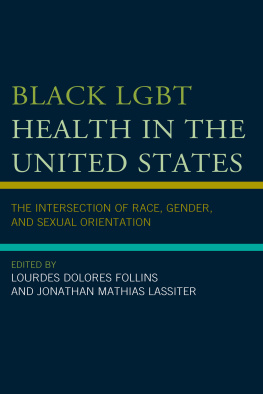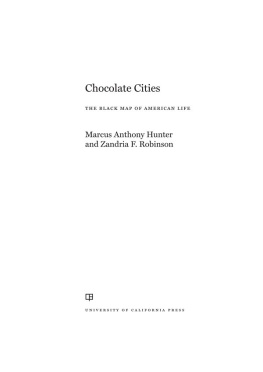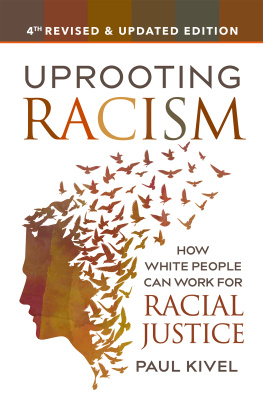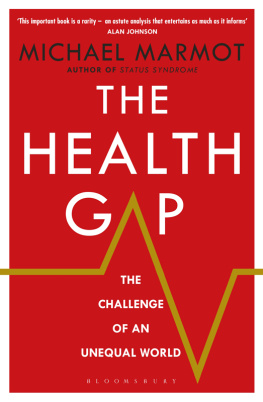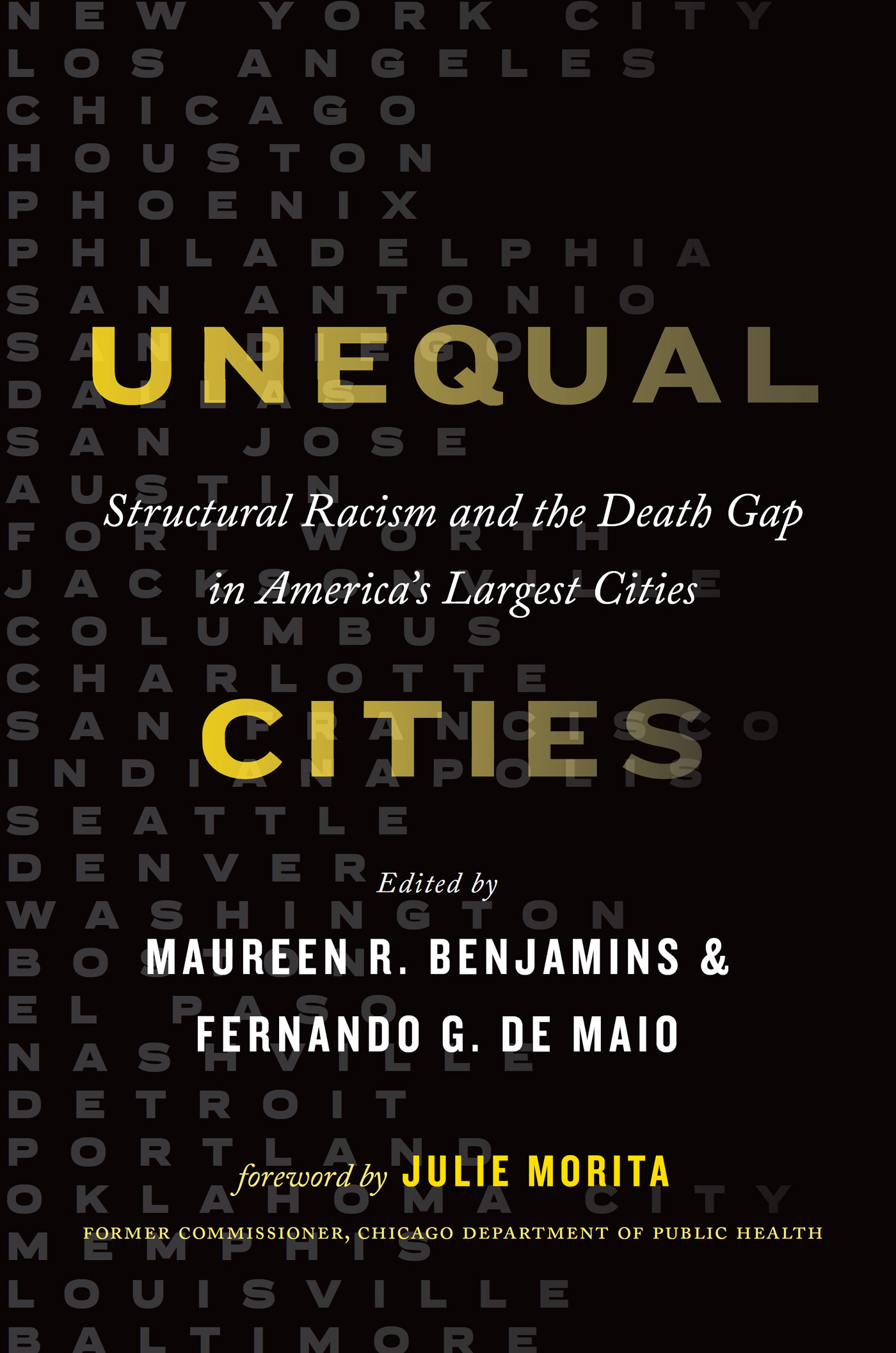Maureen R. Benjamins - Unequal Cities: Structural Racism and the Death Gap in Americas Largest Cities
Here you can read online Maureen R. Benjamins - Unequal Cities: Structural Racism and the Death Gap in Americas Largest Cities full text of the book (entire story) in english for free. Download pdf and epub, get meaning, cover and reviews about this ebook. City: Baltimore, year: 2021, publisher: Johns Hopkins University Press, genre: Politics. Description of the work, (preface) as well as reviews are available. Best literature library LitArk.com created for fans of good reading and offers a wide selection of genres:
Romance novel
Science fiction
Adventure
Detective
Science
History
Home and family
Prose
Art
Politics
Computer
Non-fiction
Religion
Business
Children
Humor
Choose a favorite category and find really read worthwhile books. Enjoy immersion in the world of imagination, feel the emotions of the characters or learn something new for yourself, make an fascinating discovery.

- Book:Unequal Cities: Structural Racism and the Death Gap in Americas Largest Cities
- Author:
- Publisher:Johns Hopkins University Press
- Genre:
- Year:2021
- City:Baltimore
- Rating:5 / 5
- Favourites:Add to favourites
- Your mark:
Unequal Cities: Structural Racism and the Death Gap in Americas Largest Cities: summary, description and annotation
We offer to read an annotation, description, summary or preface (depends on what the author of the book "Unequal Cities: Structural Racism and the Death Gap in Americas Largest Cities" wrote himself). If you haven't found the necessary information about the book — write in the comments, we will try to find it.
Across the United States, Black people have shorter life expectancies than white peoplereflecting structural racism and deep-rooted drivers of population health. But are some cities more equal than others?
The elimination of racial and ethnic inequitiesdifferences that are avoidable, unnecessary, and unfairhas been one of the overarching health-related goals of the United States for decades. Yet dramatic differences in health outcomes between Black people and white people persist, rooted in structural and social determinants of health. Nationally, a Black baby can expect to live four years less than a white baby. But mortality outcomes and inequities vary widely across cities. In Washington, DC, for example, the average life expectancy for Blacks is twelve years less than that of whites. But in other cities, mortality differences between races are less striking or nonexistent. If health equity can be achieved in some cities, why not all? This is arguably the most important health equity issue of our time.
In Unequal Cities, Maureen R. Benjamins and Fernando G. De Maio gather a team of experts to explore these racial inequities, as well as the ten-year gap in life expectancy between our healthiest and unhealthiest big cities. Rigorous analyses give readers access to previously unavailable data on life expectancy, mortality from leading causes of death, and related Black-white inequities for the countrys 30 biggest cities. The theoretically grounded essays also explore how characteristics of cities, including their levels of income inequality and racial segregation, impact overall health and Black-white inequities.
The first book to specifically examine racial health inequities within and across US cities, Unequal Cities offers a social justice framework for addressing the newly identified inequities, as well as specific case studies to help public health advocates, civic leaders, and other stakeholders envision the steps needed to improve their cities current health outcomes and achieve racial equity. A powerful call to action for health equity advocates and city leaders alike, this book is essential reading.
Contributors: David Ansell, Darlene Oliver Hightower, Jana Hirschtick, Sharon Homan, Ayesha Jaco, Emily LaFlamme, Brittney S. Lange-Maia, Kristin Monnard, Nikhil G. Prachand, Pamela T. Roesch, Michael Rozier, Nazia Saiyed, Eve Shapiro, Abigail Silva, Veenu Verma, the West Side United Metrics Working Group, Ruqaiijah Yearby
Maureen R. Benjamins: author's other books
Who wrote Unequal Cities: Structural Racism and the Death Gap in Americas Largest Cities? Find out the surname, the name of the author of the book and a list of all author's works by series.


